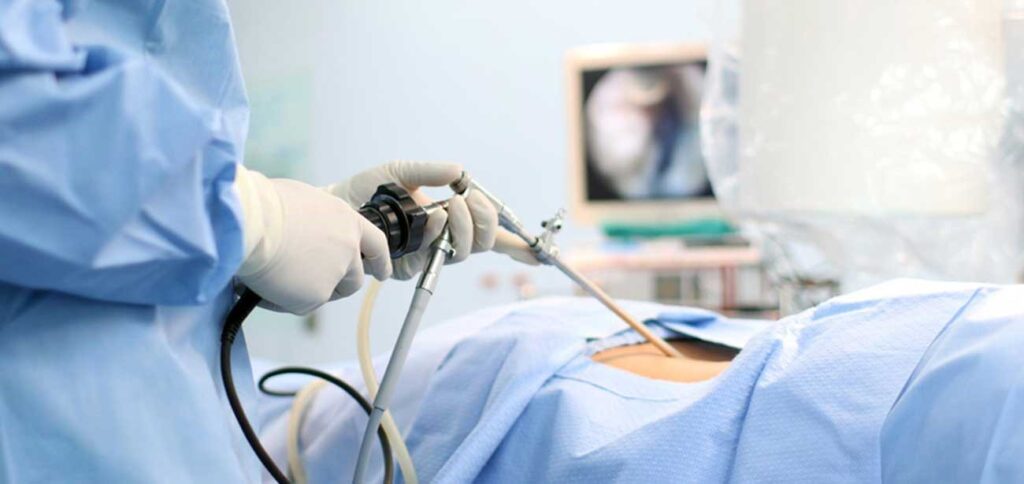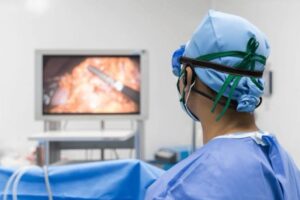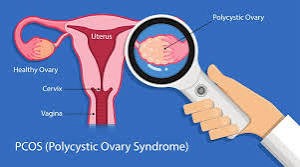Diagnostic Laparoscopy is a surgery used for the treatment of woman’s reproductive organs. Like a telescope, a laparoscope is a thin viewing tube that puts your abdomen through a little cut in the stomach area. Utilizing the laparoscope, the specialist can look at the outside of the uterus, ovaries, fallopian tubes, and adjacent organs.
What are the Uses of Laparoscopy?
Diagnostic Laparoscopy can diagnose conditions such as:
-
Uterine Fibroids
-
Endometriosis
-
To identify the cause of infertility.
-
Pelvic infection
Laparoscopy is also used for treatments such as:
-
Removal of ovarian cyst
-
Removal of uterine fibroids
-
Tubal ligation
-
Hysterectomy
-
Ectopic pregnancy
What are the benefits of this procedure?
This minor surgical procedure may help the health care provider make a more accurate diagnosis about the cause of your symptoms. Possible causes include pelvic adhesions or endometriosis. Your provider may be able to treat the cause during the Laparoscopy. Your stay at the hospital and recovery time will be much shorter than with more extensive abdominal surgery. You are also less likely to develop scar tissue called adhesions in the abdomen or pelvis. Dr. Aneeta Talwar is one of the Best Laparoscopic Surgeons in Bangalore who is well-trained & expert in providing high-quality treatment.
How is Laparoscopy Performed?
-
The procedure is performed under general anesthesia.
-
The surgeon makes a tiny incision below the belly button.
-
A hollow tube called a trocar or a needle is inserted into the incision.
-
Saline is passed through the trocar into the abdomen. The saline helps expand the area, giving the surgeon more room to work and allowing the surgeon to see the internal organs more clearly.
-
A laparoscope is then placed through the trocar to see the inside of your abdomen. Multiple incisions may be made if other instruments are needed to view specific organs better.
-
If you have infertility, a dye may be injected into your cervix to view the fallopian tubes.
-
After the exam, the saline, laparoscope, and instruments are removed, and the cuts are closed. You will have bandages over those areas.
Recovery After Laparoscopy?
-
Generally, the healing time after Laparoscopy is generally shorter and leaves smaller scars than open surgery.
-
It is also common to have shoulder pain after your procedure.
Find the best Diagnostic Laparoscopy doctor in Bangalore, Dr. Aneeta Talwar, a consultant – Obstetrics & Gynaecology & make an appointment online!






